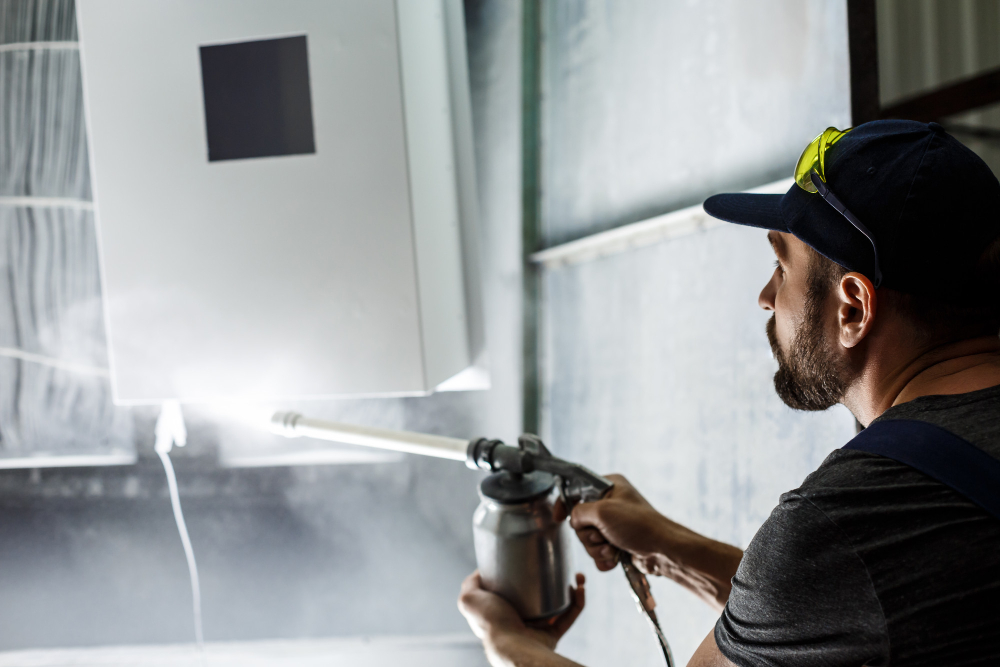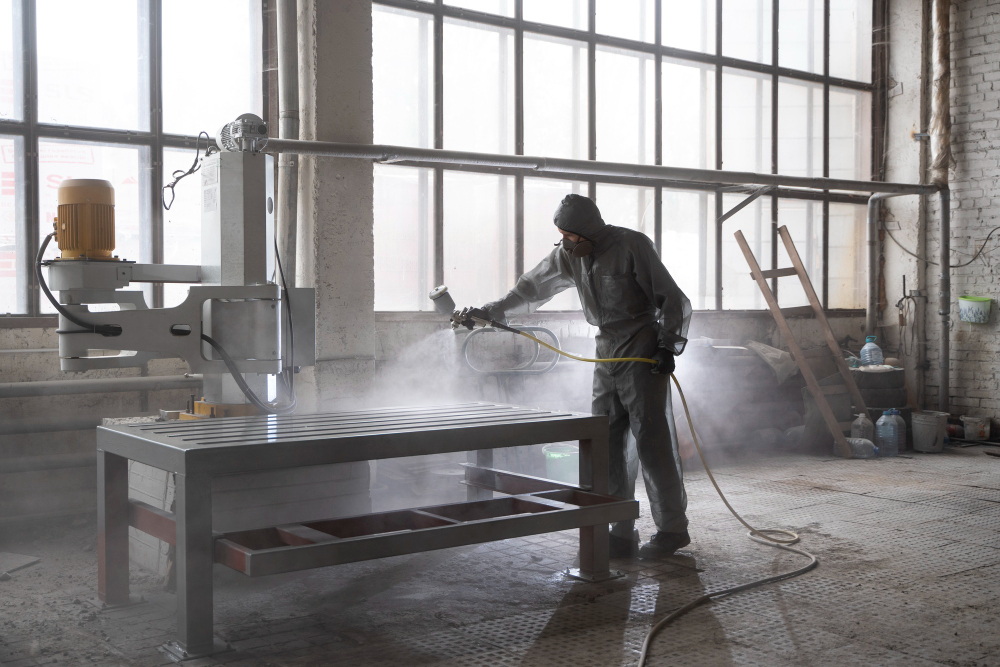In the contemporary era of manufacturing, where precision, efficiency, and innovation hold paramount importance, Water Jet Cutting emerges as a cutting-edge technology. Ever wondered how complex composite materials are shaped with impeccable accuracy? The answer lies in Water Jet Cutting—a technology that harnesses the power of water to cut materials with finesse. This article explores this fascinating subject in-depth, offering insights into its types, applications, and benefits.
Water Jet Cutting: A Detailed Explanation
Water Jet Cutting (also known as hydro-cutting) is the process of utilizing a high-pressure jet of water, sometimes mixed with an abrasive substance, to cut a wide variety of materials. The precision and adaptability of this technology make it a prime choice for handling composite materials, which are known for their complex characteristics.
Types Of Water Jet Cutting

Understanding the types of Water Jet Cutting is essential for grasping its versatile applications. Here, we’ll explore the two primary categories.
Pure Water Jet Cutting
Pure Water Jet Cutting is a method where only water is used to cut softer materials such as rubber, foam, or plastics. It is known for its:
Precision: Ability to create intricate shapes
Eco-friendliness: No need for harmful chemicals
Abrasive Water Jet Cutting
With the addition of abrasive particles like garnet, this method can cut harder materials such as metals and composites.
Versatility: Can handle a variety of materials
Efficiency: Faster cutting speeds
Selection Of Abrasive Material
The choice of abrasive material is crucial in achieving desired cutting results. Various factors like hardness and size play a role in selecting the right abrasive.
Applications Of Water Jet Cutting In Composite Materials
Composite materials, known for their combination of various elements to create enhanced properties, find a perfect match in Water Jet Cutting.
Aerospace Industry
In the aerospace sector, precision and weight savings are paramount.
Tailored Components: Custom shapes and designs
Quality Control: Consistency in production
Automotive Industry
Water Jet Cutting facilitates manufacturing parts that are strong yet lightweight.
Fuel Efficiency: Reduction in vehicle weight
Customization: Tailored parts for specific vehicles
Benefits Of Water Jet Cutting For Composite Materials

Utilizing Water Jet Cutting for composite materials offers an array of benefits:
Precision And Accuracy
Ability to cut intricate designs
No heat-induced distortion
Environmental Benefits
Reduced waste
No harmful emissions
Cost-Effectiveness
Less material wastage
Lower operational costs
Choosing The Right Water Jet Cutting Method For Your Project

When it comes to selecting the appropriate Water Jet Cutting method, there are several considerations to keep in mind. From the material being cut to the desired finish, each aspect plays a crucial role.
Understanding The Material
Material Composition: Different composite materials require different cutting methods.
Thickness: Abrasive Water Jet Cutting might be preferred for thicker, harder materials.
Desired Finish Quality
Surface Finish Requirements: Some applications may require a smoother finish, influencing the choice of cutting method.
Tolerance Levels: Understanding how precise the cuts need to be can guide the selection process.
Read More: 5 Of The Best Paying Jobs In Industrial Machinery/Component
Challenges And Solutions In Water Jet Cutting
While Water Jet Cutting offers numerous advantages, it’s vital to understand the potential challenges and how to overcome them.
Challenges In Cutting Composite Materials
Composite materials often have unique properties, making them challenging to cut. Some common challenges include:
Delamination: Separation of material layers
Fraying: Edges becoming frayed or rough
Solutions And Best Practices
Proper Material Handling: Using fixtures to hold materials firmly
Choosing the Right Abrasive: Selecting an abrasive that matches the material hardness
Future Prospects And Technological Advancements
The future of Water Jet Cutting for composite materials looks promising, with continuous technological advancements enhancing its applications.
Automation And Robotics
Precision Control: Robots can control the jet with extreme accuracy.
Increased Productivity: Automation can lead to higher output rates.
Environmental Sustainability
Water Recycling: New systems that recycle water reduce consumption.
Eco-friendly Abrasives: Research into greener abrasive materials
Conclusion: Cutting Through Complexity
Water Jet Cutting for composite materials stands as a testament to human ingenuity and technological advancement. From its versatile types to specific applications across industries, the benefits and challenges, of this method of cutting signify an era of precision and innovation. As we look towards the future, continuous advancements promise to make this technology even more integral to modern manufacturing. It’s a cutting-edge solution that quite literally cuts through complexity, offering efficient, eco-friendly, and precise solutions for today’s demanding material needs.
Explore More:


Leave A Comment